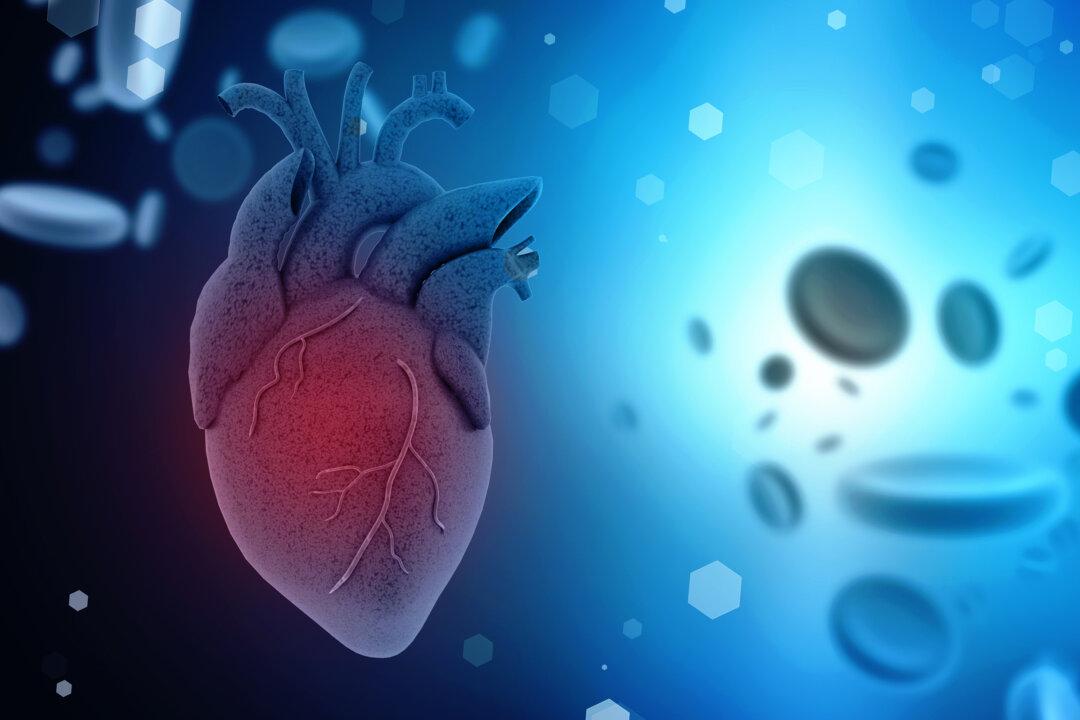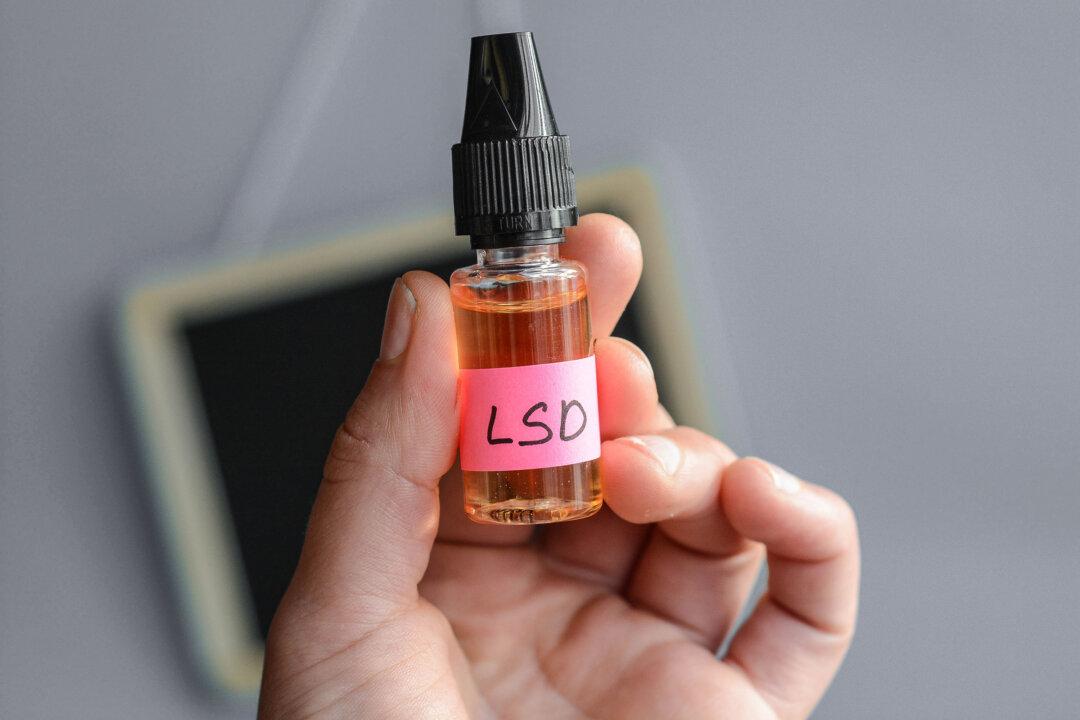Study Found mRNA in 70 Percent of Breast Milk Samples
In the Lancet paper published in September, researchers detected mRNA in 70 percent of women who provided breast milk samples up to 45 hours following vaccination. Although the mRNA detected was largely fragmented and retained only 12 to 25 percent of its original integrity, the researchers said further studies are needed to determine the minimum amount of mRNA that could trigger an immune response in newborns.Researchers collected breast milk samples from 13 healthy postpartum, lactating women before vaccination and at least twice daily for five days after vaccination. Seven mothers provided breast milk samples after receiving their first and second vaccine doses, resulting in 20 total vaccine exposures and 154 breast milk samples.
Vaccine mRNA was then examined in whole breast milk and breast milk extracellular vesicles. Extracellular vesicles (EVs) are small delivery vehicles released by cells that carry biomolecules such as protein, lipids, noncoding RNA, microRNA, messenger RNA, and DNA. Breast milk contains large amounts of EVs that regulate gene expression, immune function, development, and infant growth.
Of the 13 lactating women who received either the Moderna or Pfizer vaccine, trace mRNA amounts were detected in 10 of 20 exposures up to 45 hours following vaccination. According to the study, the SARS-CoV-2 spike protein was not expressed.
Before breast milk collections, all participants tested negative for COVID-19, and prevaccination samples were negative for COVID-19 vaccine mRNA. Although all women were instructed to provide samples of 5 milliliters or greater, actual amounts were often below the threshold, hindering the experiment.
Safety Assessment of Future mRNA-Based Therapies Needed
The researchers said the significance of their research extends beyond the scope of mRNA COVID-19 vaccines and offers “valuable insights into the transport and presence of vaccine mRNA in breast milk, which can be relevant for assessing the safety and efficacy of future mRNA-based therapies administered to lactating women.”Lead author Dr. Nazeeh Hanna, chief of the division of neonatology at NYU Langone Hospital and professor of pediatrics at NYU Long Island School of Medicine, told The Epoch Times in an email that it’s unfortunate so many people have overlooked the real value of the study.
“It is not about the COVID vaccine only but future mRNA therapy that is currently being developed,“ Dr. Hanna said. ”We need to make sure we get it right for the next time. This is what we wrote in the conclusion of the Lancet paper.”
Based on the study’s results, Dr. Hanna said he doesn’t believe there’s a risk of breastfeeding after receiving the vaccine if a mother waits two days following vaccination, as they did not detect vaccine mRNA after that time. He also does not feel there’s a risk if a mother is to get vaccinated and is nursing a child older than 6 months of age because the Centers for Disease Control and Prevention (CDC) allows for the vaccination of infants at 6 months of age or older.
However, mothers with infants under 6 months of age should consult their doctor, who will propose one of two options, according to Dr. Hanna:
Other Studies Suggest mRNA Can Transfer Through Breast Milk
Pfizer and Moderna excluded pregnant and lactating women from their clinical trials and never conducted human pharmacokinetic studies with COVID-19 vaccines. Pharmacokinetic studies assess how the human body interacts with mRNA (also referred to as “modified RNA”) in vaccines for the entire duration of exposure, showing how the contents in vaccines travel throughout the body and how they’re excreted.Adverse Events Reported in Nursing Infants
According to the CDC, “available data on the safety of COVID-19 vaccination while breastfeeding indicates no severe reactions after the first or second dose, neither in the breastfeeding person nor the breastfed child,“ and there has been ”no evidence to suggest that COVID-19 vaccines are harmful to either people who have received a vaccine and are breastfeeding or to their babies.”Of the 215 reports, 174 were reports of “exposure via breastmilk/maternal exposure during breastfeeding.” The other 41 cases listed adverse events in infants indirectly exposed to Pfizer’s COVID-19 vaccine through breastmilk, such as fever, facial paralysis, lymphadenopathy, and vomiting.
“VAERS data confirms in recently reported results that breastfeeding infants of mothers recently injected with the COVID-19 products are succumbing to adverse events ranging from high fevers (104) lasting for days to hypophagia (undereating),” Ms. Rose told The Epoch Times in an email.
“The following is the symptom text reported for an infant (VAERS ID: 1124474) who was exposed via breast milk at the age of 12 months. ‘Mother of 12-month-old boy received the first dose of COVID-19 vaccine at 9:15 am she breastfed her 12-month-old son 3 hours later, and while breastfeeding, the child developed acute anaphylaxis,’“ Ms. Rose said. ”To be clear: mother had the vaccine, and the child had the reaction.”
Data Show Widespread Distribution of mRNA
Data shows LNPs can travel throughout the body to various tissues and organs, and therefore logical to think lipid nanoparticles (LNPs) containing mRNA could spread through vaccination to the mammary glands. Byram Bridle, a Canadian virologist and vaccinologist, obtained a Pfizer biodistribution study in rodents from Japan that showed LNPs could pass through biological tissues and membranes and travel to various organs.In the biodistribution study, 75 percent of LNPs had left the injection site within 48 hours of vaccination and were concentrated in the spleen and liver. Levels were also detected in the ovaries, adrenal glands, brain, eyes, heart, testes, uterus, pituitary gland, spinal cord, thymus, and bone marrow.
The paper cites a European Medicines Agency report that found, “mRNA could be detected in the brain following intramuscular administration at about 2% of the level found in plasma.” Another study cited in the paper describes how lipid nanoparticles can easily cross the blood-brain barrier.
The Epoch Times reached out to the CDC for comment.







